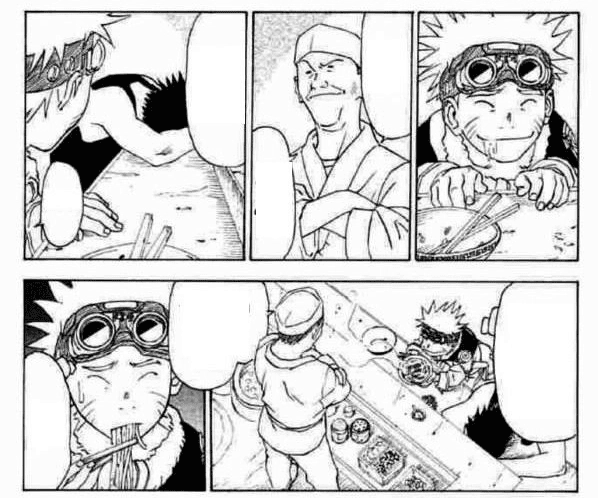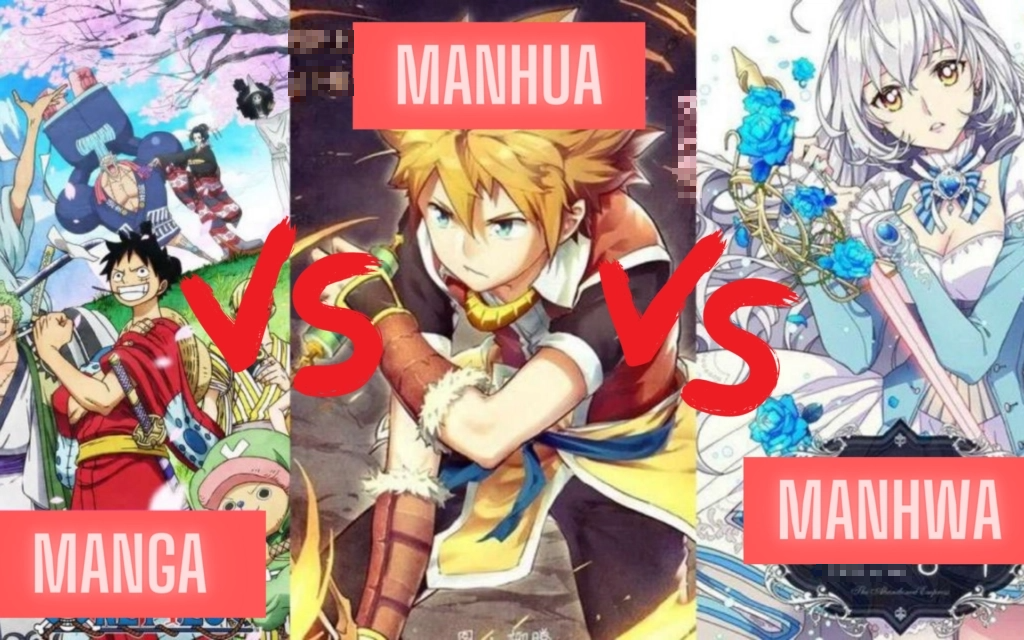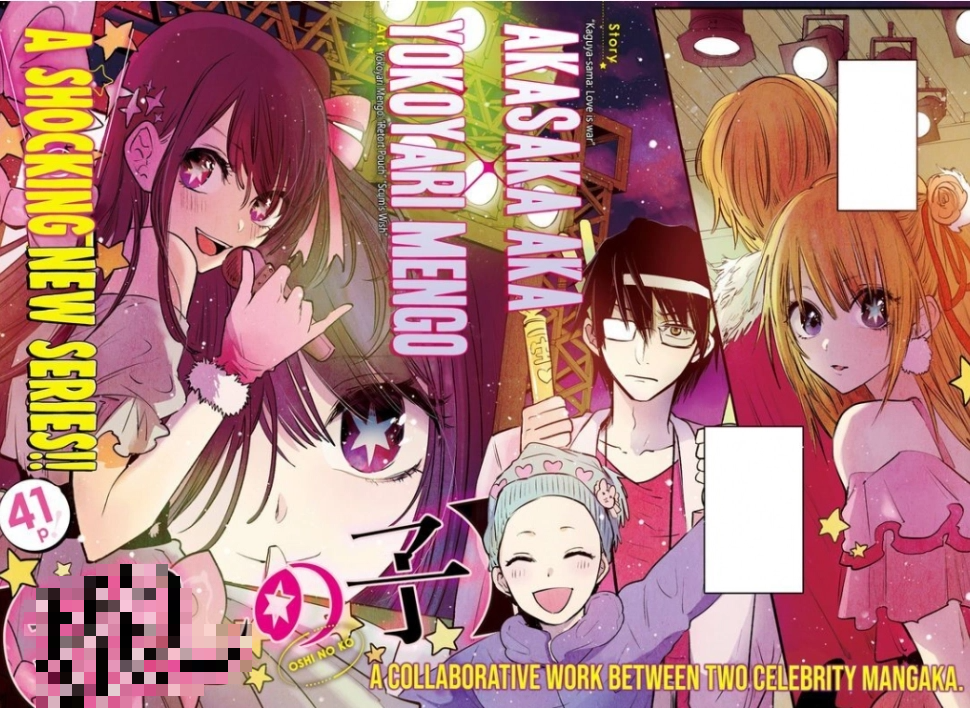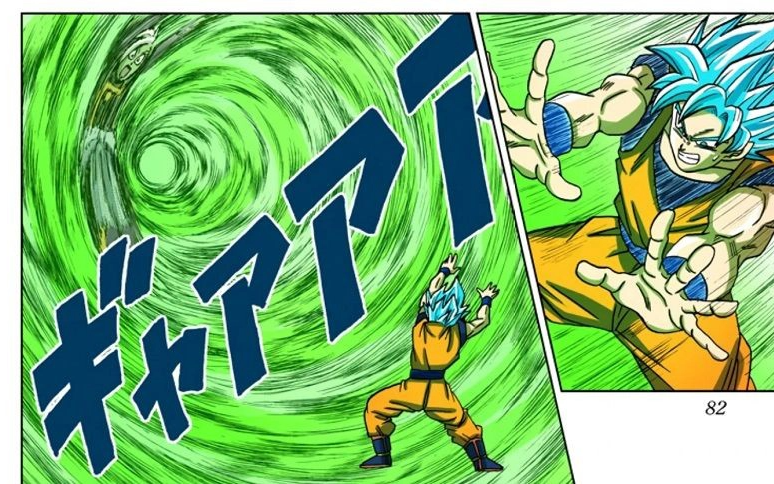The Differences Between Manga, Manhwa, and Manhua
Manga, manhwa, and manhua are forms of comics or graphic novels, a type of book used to express ideas through images, often combined with text or other visual information.
Despite their similarities, manga, manhwa, and manhua have distinct characteristics and do not originate from the same country. Below are the definitions and differences between manga, manhwa, and manhua.
1. Definitions of Manga, Manhwa, and Manhua

- Manga refers specifically to comics from Japan. In Japanese, it is written in kanji (a type of logographic characters), and is pronounced as “mang-ga.” The creators of manga are known as “mangaka.”
- Manhwa pertains to comics from South Korea, using Hanja characters, and is pronounced as “man-hwa.” The writers of manhwa are referred to as “manhwaga.”
- Manhua refers to comics from China, Taiwan, and Hong Kong. The creators of manhua are called “manhuajia.”
The term “manhwa” and “manga” are derived from Chinese, while “manhua” translates to ‘randomly drawn comics.’
2. Differences in Artistic Style of Manga, Manhwa, and Manhua
- Manga is characterized by its black-and-white artwork with detailed shading. All printed editions are released in black-and-white format, and mangaka usually publish new chapters every 1 to 2 weeks.
- In terms of artistic technique, mangaka are influenced by the expressive style of Osamu Tezuka, leading to characters with exaggerated features such as large eyes, small mouths, and expressive facial expressions. However, many manga today have been published in more diverse artistic styles and colors.
- Both manhwa and manhua are typically published in color and showcase a broader range of artistic styles. Manhwa often features vibrant colors and detailed illustrations.
- Characters in manhua and manhwa are often depicted more realistically than those in manga, but sometimes the artistic style may cause unrealistic proportions or overly exaggerated features.
3. Differences in Reading Orientation of Manga, Manhwa, and Manhua

- A defining feature of manga is that the dialogue of the characters and the content are read from right to left. Manga typically includes sound effects that enhance the storytelling experience.
- Manhwa and manhua are read from left to right. In their physical editions, these two types often include color images that may be full-page or spread layouts. Generally, authors often incorporate music into their comics if they are published in a digital format.
4. Naming Conventions for Places and Characters in Manga, Manhwa, and Manhua
When it comes to naming characters and places, manga, manhwa, and manhua often follow the “sound patterns” of their respective countries of origin. For example, a manga character might be named Ichigo Kurosaki, a manhwa character might be Park Se-jeong, and a manhua character might be Xian Yi.























